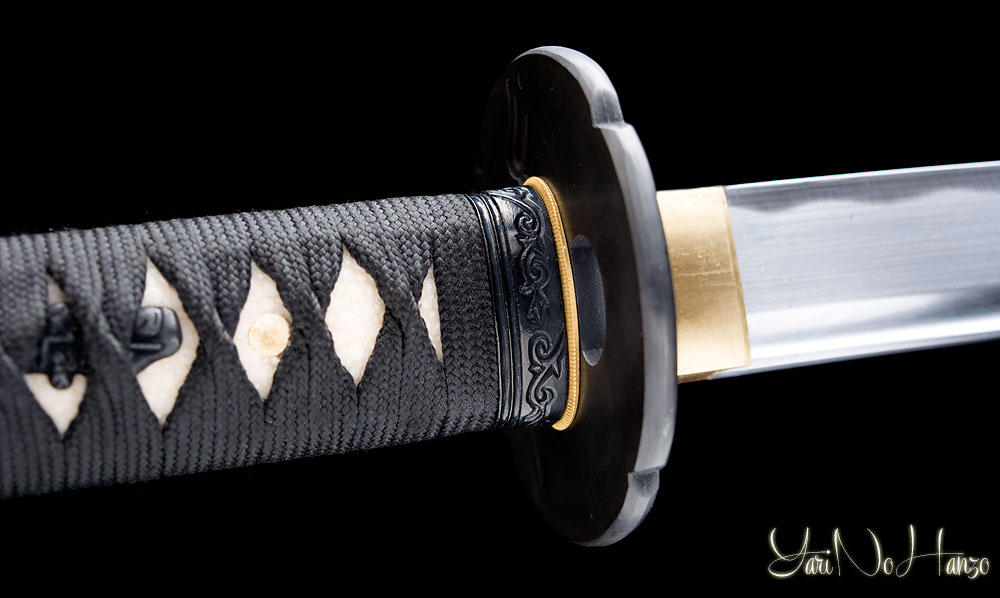

Fighting techniques and applications: The katana's shorter length and more pronounced curvature make it suitable for quick, precise strikes in close combat, while the nodachi's extended reach and sweeping cuts are best suited for battlefield engagements against mounted opponents.The curvature of the nodachi is generally subtler than that of the katana, allowing for a greater reach. Blade length and design: The primary difference between the katana and nodachi is their blade length, with the nodachi being considerably longer.Its continued association with these historical events highlights its importance in samurai culture. The nodachi played a significant role in several key battles throughout Japanese history, and many famous samurai were known for their mastery of this formidable weapon. Its size and power have contributed to its mystique as a symbol of strength and valor. The nodachi has been featured in various Japanese myths and legends, often associated with legendary warriors or divine figures.Samurai trained in the art of nodachi combat had to use their entire body to generate power and momentum, employing sweeping cuts and fluid footwork to maximize the weapon's effectiveness.

It was often wielded by foot soldiers or specialized warriors known as "nodachi samurai." Due to its size and weight, the nodachi required a unique set of fighting techniques. The nodachi was primarily used on the battlefield, where its long reach and powerful slashing capabilities made it a formidable weapon against mounted opponents.Due to its larger size, the forging process was more challenging, requiring skilled swordsmiths to create a well-balanced and effective weapon. Like the katana, the nodachi is forged from high-quality Japanese steel. The curvature of the nodachi is generally more subtle than the katana's, allowing for greater reach. The nodachi features a significantly longer blade than the katana, often measuring between 90-120 cm (35.4-47.2 inches).The nodachi saw increased use during the tumultuous periods of the Nanboku-cho (1336-1392) and the Sengoku Jidai (1467-1615). It was primarily used by infantrymen to combat cavalry, as its long blade was effective at cutting down riders and horses alike. The nodachi, also known as the odachi, originated in the Heian period (794-1185). The katana was considered an extension of the warrior's soul, and its care and handling reflected the warrior's adherence to the principles of bushido.
Nodachi o katana code#
Bushido, or "the way of the warrior," was the code of conduct adhered to by the samurai. It was a symbol of their unwavering commitment to the code of bushido. The katana was more than just a weapon it represented the samurai's honor, duty, and loyalty.Samurai trained in various fighting styles, such as Kenjutsu and Iaido, which emphasized fluidity, precision, and a deep understanding of the weapon's capabilities.

The katana was wielded using a two-handed grip, enabling the warrior to generate power and control during combat. Its design allowed for swift and precise strikes, making it the ideal weapon for samurai.


 0 kommentar(er)
0 kommentar(er)
